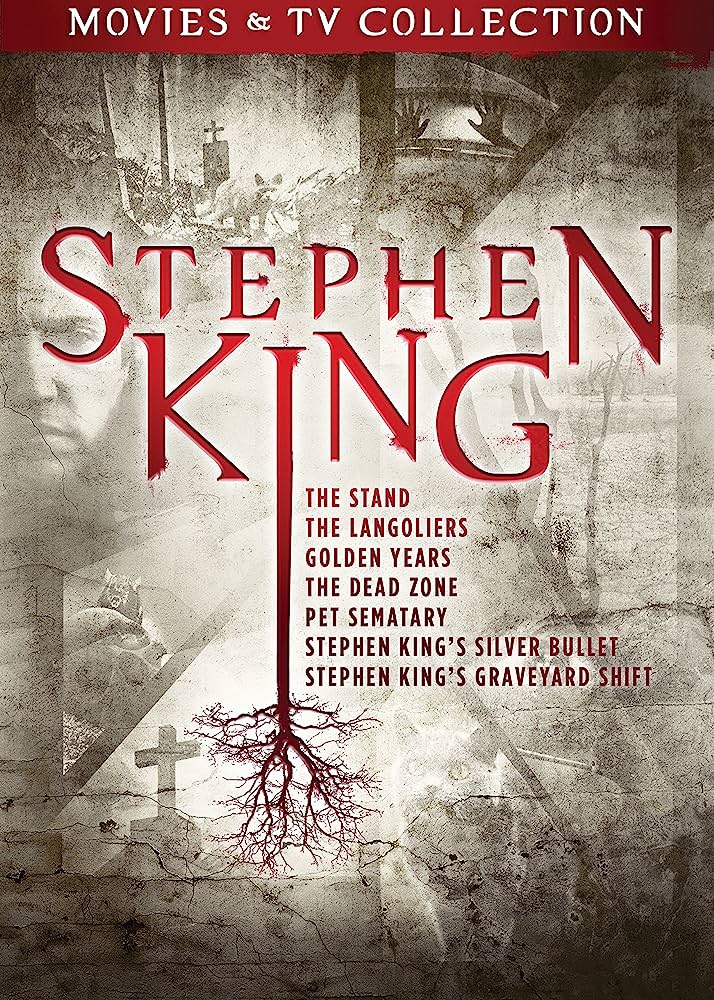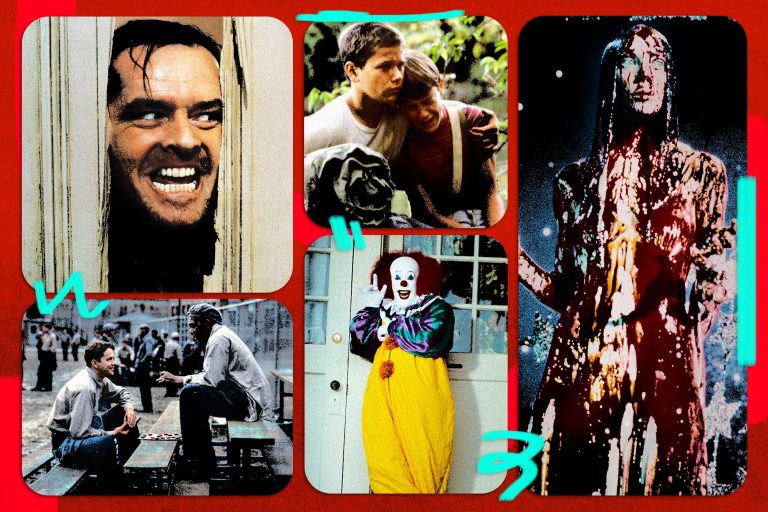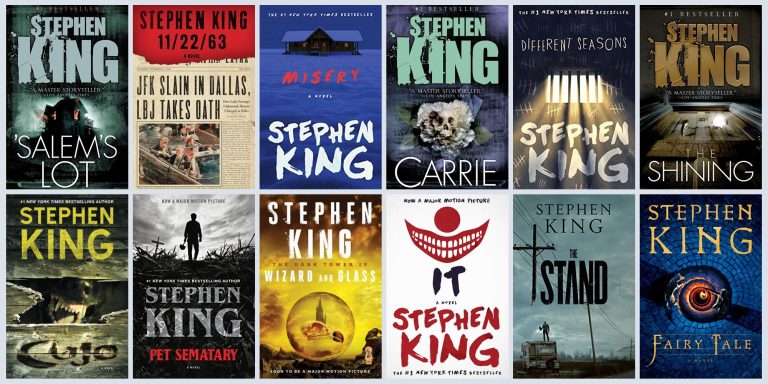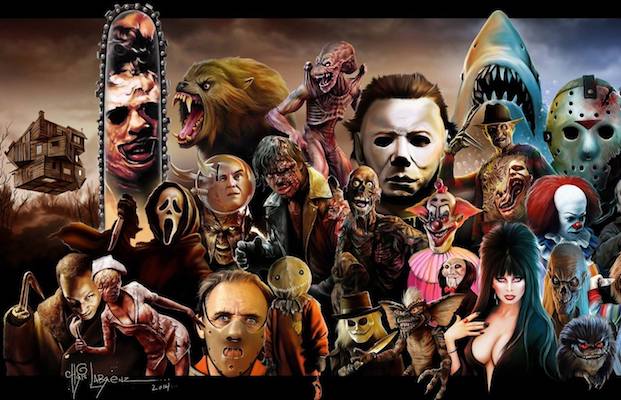The Ultimate Guide To Stephen King Movie Adaptation Challenges
Stephen King, the master of horror, has captivated readers for decades with his terrifying tales. From “Carrie” to “The Shining,” his novels have become iconic works of literature. But what happens when these spine-chilling stories are adapted into movies? Well, that’s where things get tricky. In this ultimate guide to Stephen King movie adaptation challenges, we’ll dive into the complexities and difficulties faced by filmmakers in bringing King’s terrifying visions to life on the silver screen.
When it comes to adapting Stephen King’s work, filmmakers must navigate a treacherous landscape filled with high expectations and devoted fans. The challenges are numerous and varied, from capturing the essence of King’s intricate plots to staying true to the psychological depth of his characters. It’s a delicate dance between honoring the source material and creating something fresh and engaging for the big screen.
One of the biggest hurdles in adapting King’s novels is the sheer length and complexity of his stories. With intricate subplots, extensive world-building, and a multitude of characters, condensing these epic tales into a two-hour film can feel like an impossible task. Filmmakers must carefully select which elements to include and which to omit, all while maintaining the essence of King’s storytelling. Additionally, capturing the chilling atmosphere and psychological terror that permeates King’s writing can be a daunting challenge. Balancing the supernatural elements with believable human emotions and reactions is crucial to creating a successful adaptation that resonates with audiences. So, grab your popcorn and prepare to delve into the thrilling world of Stephen King movie adaptation challenges!
The Ultimate Guide to Stephen King Movie Adaptation Challenges
Stephen King’s novels have captivated readers for decades, but bringing his stories to the big screen has posed its fair share of challenges. From capturing the essence of his complex characters to staying true to the eerie atmosphere of his settings, filmmakers have faced numerous obstacles. The main challenge lies in condensing the rich details of King’s books into a two-hour movie, often resulting in the omission of beloved subplots or characters. Additionally, the horror genre itself presents unique challenges, as translating King’s psychological scares onto the screen requires careful craftsmanship. Despite these hurdles, some adaptations have successfully captured the essence of King’s work, delighting fans and attracting new audiences.
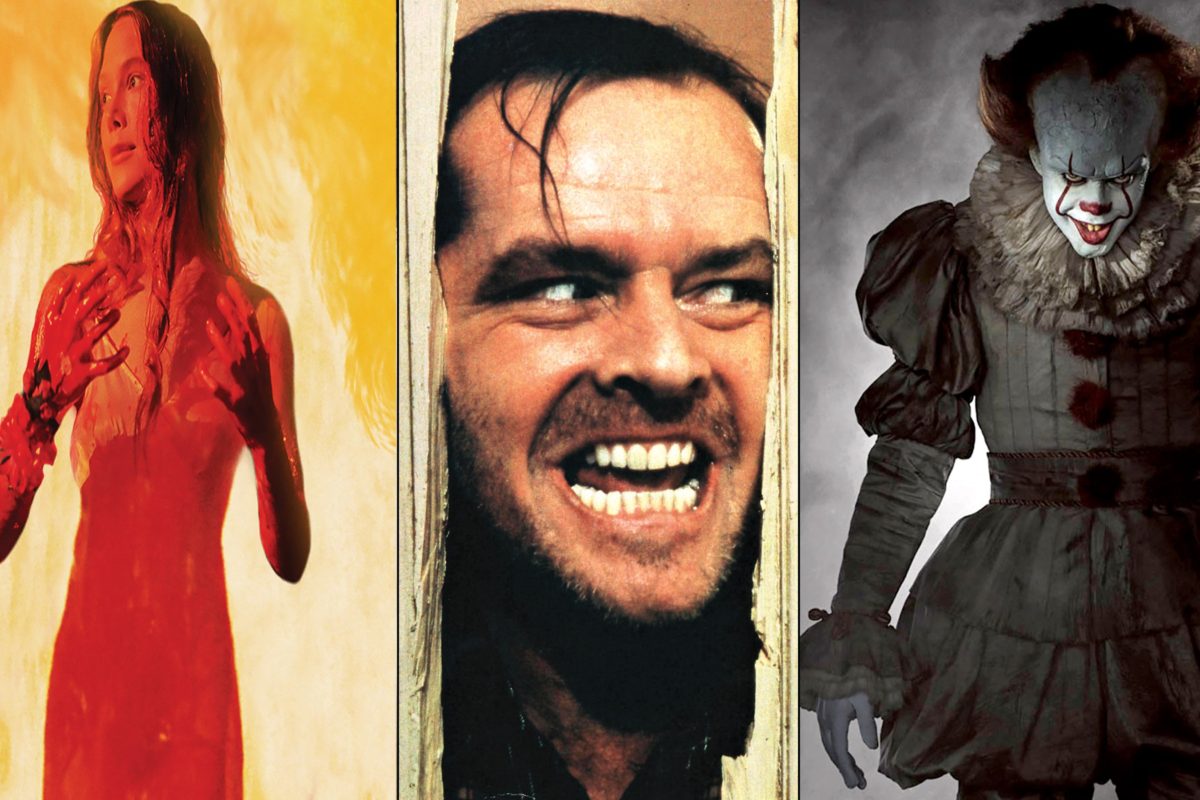
The Ultimate Guide to Stephen King Movie Adaptation Challenges
Stephen King is renowned for his captivating and chilling novels that have captivated readers for decades. Many of his works have been adapted into movies, bringing his stories to life on the big screen. However, translating King’s complex narratives and intricate characters into successful films is no easy task. In this ultimate guide, we will explore the challenges faced by filmmakers when adapting Stephen King’s novels into movies, and how they overcome these hurdles to deliver memorable cinematic experiences.
The Art of Adaptation
Adapting a book into a movie is a delicate art that requires striking a balance between staying true to the source material and making necessary changes for the cinematic medium. When it comes to Stephen King’s novels, this task becomes even more challenging. King’s writing is known for its depth, intricate storytelling, and multi-layered characters. Translating these elements onto the screen requires a keen understanding of King’s unique style and vision.
One of the main challenges faced by filmmakers is condensing a lengthy novel into a two-hour film. King’s novels are often sprawling epics with numerous subplots and intricate character arcs. Filmmakers must carefully select which elements to include and which to omit, all while preserving the essence of the story. This can be a daunting task, as die-hard fans of the books might have high expectations and scrutinize every adaptation choice.
Staying True to King’s Vision
The key to a successful Stephen King adaptation lies in staying true to the author’s vision while still making necessary adjustments for the medium of film. Filmmakers must capture the essence of King’s storytelling style, which often involves delving into the psychological depths of his characters and exploring themes of horror, suspense, and the supernatural.
To do this, directors and screenwriters must carefully analyze the core themes and motifs of the novel they are adapting. They need to identify the key elements that make the story uniquely Stephen King and translate them effectively onto the screen. This requires a deep understanding of the source material and a willingness to take creative risks to capture the spirit of King’s work.
Overcoming the Horror Challenge
Stephen King is often referred to as the “Master of Horror,” and his novels are known for their ability to send chills down readers’ spines. Translating this sense of terror onto the screen is a significant challenge for filmmakers. What may be horrifying in written form may not have the same impact visually.
To overcome this challenge, directors must rely on various filmmaking techniques to create a sense of unease and fear. This can include the use of atmospheric lighting, eerie sound design, and skillful pacing to build tension. Additionally, the casting of talented actors who can bring King’s terrifying characters to life is crucial in capturing the essence of the horror that permeates his works.
The Casting Conundrum
Casting is another critical aspect of successfully adapting Stephen King’s novels into movies. King’s characters are often complex and multi-dimensional, requiring skilled actors to bring them to life. However, finding the perfect actors who can embody these characters can be a challenge.
Stephen King’s novels are populated with diverse characters, each with their own unique quirks and traits. From the tormented writer Jack Torrance in “The Shining” to the resilient young misfit Beverly Marsh in “It,” the cast must reflect the depth and complexity of King’s creations. Filmmakers must search for actors who can delve deep into these characters and deliver performances that do justice to the source material.
Bringing Characters to Life
One of the biggest challenges in adapting Stephen King’s novels is capturing the essence of his characters. King has a remarkable ability to create fully fleshed-out individuals with relatable flaws and strengths. Translating these characters onto the screen requires the casting of talented actors who can embody their complexities.
Actors must not only resemble the characters physically but also capture their emotional depth and psychological intricacies. They must bring a sense of authenticity to their performances, allowing audiences to connect with these characters on a deeper level. When done successfully, the result is a memorable and engaging portrayal that enhances the overall cinematic experience.
In this ultimate guide to Stephen King movie adaptation challenges, we have explored the art of adapting his novels into films, staying true to King’s vision, overcoming horror challenges, and the importance of casting. Adapting King’s works is a daunting task, but when done right, it can result in captivating movies that pay homage to the master of horror. Filmmakers continue to face these challenges as they strive to bring King’s iconic stories to life on the big screen, and audiences eagerly await the next thrilling adaptation.
Key Takeaways: The Ultimate Guide to Stephen King Movie Adaptation Challenges
- Adapting Stephen King’s novels into movies can be challenging due to the complex storylines and supernatural elements.
- Creating visual representations of King’s terrifying creatures and monsters requires careful planning and special effects.
- Choosing the right actors to portray King’s iconic characters is crucial for capturing their essence and bringing them to life.
- Staying true to the source material while making necessary changes for the medium of film can be a delicate balance.
- Understanding and respecting the fan base’s expectations and reactions to the adaptations is important for success.
Frequently Asked Questions
What are some of the challenges faced when adapting Stephen King’s books into movies?
Adapting Stephen King’s books into movies is no easy feat. There are several challenges that filmmakers often face when bringing his stories to the big screen. One of the main challenges is capturing the essence and intricacies of King’s writing. His novels are known for their rich character development and detailed storytelling, which can be difficult to translate into a two-hour film. Filmmakers must carefully select which elements to include and how to condense the story without losing its essence.
Another challenge is the visual representation of King’s vivid imagination. His books often contain supernatural elements and horror themes that can be challenging to bring to life in a way that is both believable and visually stunning. Balancing the horror and suspense elements with the emotional depth of the characters is crucial to a successful adaptation.
How do filmmakers approach the adaptation of Stephen King’s books?
When adapting Stephen King’s books, filmmakers often take a collaborative approach, working closely with the author himself. King is known for his involvement in the adaptation process and is often consulted for his input and guidance. This collaboration ensures that the essence of the story is preserved and that King’s vision is translated effectively onscreen.
Filmmakers also carefully consider the target audience and the expectations of King’s fans. They understand the importance of staying true to the source material while also making necessary changes to suit the medium of film. Striking a balance between fidelity to the book and creating a cinematic experience is a delicate task that requires careful planning and execution.
What are some common criticisms of Stephen King movie adaptations?
While Stephen King movie adaptations have garnered a huge fan base over the years, they have also faced their fair share of criticism. One common criticism is the difficulty of capturing the depth and complexity of King’s characters in a limited runtime. Some fans feel that certain adaptations fail to do justice to the intricate character development that is a hallmark of King’s writing.
Another criticism revolves around changes made to the original story. While some alterations are necessary for the transition from page to screen, fans often have strong opinions about which elements should have been preserved. Deviating too much from the source material can result in disappointment and backlash from avid readers of King’s books.
How have advancements in technology impacted the adaptation of Stephen King’s books into movies?
Advancements in technology have greatly influenced the adaptation of Stephen King’s books into movies. The use of CGI and special effects has allowed filmmakers to bring King’s supernatural and horror elements to life in ways that were not possible in the past. This has enhanced the visual experience for viewers and allowed for a more immersive adaptation.
Furthermore, advancements in sound design have played a crucial role in creating the atmospheric and suspenseful tone that is often found in King’s stories. The use of intricate sound effects and scoring can heighten the tension and add an extra layer of depth to the adaptation. These technological advancements have opened up new possibilities for filmmakers to effectively capture the essence of King’s writing.
How do Stephen King movie adaptations contribute to the overall legacy of his work?
Stephen King movie adaptations play a significant role in expanding the reach and impact of his work. While books are the primary medium in which his stories are told, movies allow for a different kind of experience. They bring King’s stories to a wider audience and introduce new fans to his captivating narratives.
Additionally, successful adaptations can help solidify King’s status as a master storyteller. When a movie adaptation effectively captures the essence of his writing and resonates with audiences, it serves as a testament to the enduring power and universality of King’s stories. It allows his work to live on and continue to inspire future generations of readers and viewers.
10 Best Stephen King Film Adaptations | Film & TV Lists
Final Summary: Unraveling the Challenges of Stephen King Movie Adaptations
Lights, camera, action! We’ve taken a thrilling journey through the captivating world of Stephen King movie adaptations, where the master of horror’s literary works come to life on the silver screen. Along the way, we’ve explored the unique challenges and obstacles that filmmakers face when translating King’s chilling tales into visual spectacles. From capturing the essence of complex characters to staying true to the eerie atmosphere, the process is no easy feat. However, as we wrap up this ultimate guide, we can’t help but marvel at the resilience and creativity displayed by those brave enough to take on these adaptations.
One of the most significant challenges in bringing Stephen King’s stories to life lies in preserving the essence of his characters. King has a knack for creating rich, multi-dimensional individuals that readers become deeply invested in. Translating these characters onto the big screen requires meticulous casting and careful attention to detail. Filmmakers must capture the essence of each character, ensuring that their complexities and nuances shine through. Balancing the expectations of die-hard fans while appealing to a wider audience is no small task, but it’s one that proves to be crucial in the success of these adaptations.
Another major hurdle faced by filmmakers is maintaining the eerie atmosphere that is so integral to King’s works. King has a unique ability to create a palpable sense of dread and suspense, which can be challenging to replicate visually. The directors, cinematographers, and production designers must work in harmony to create a world that feels both familiar and unsettling. From the haunting settings to the spine-tingling musical scores, every element must come together to transport viewers into the dark and twisted universe of Stephen King. It’s a delicate balancing act that requires a deep understanding of the source material and a keen eye for atmospheric storytelling.
In conclusion, the challenges faced by filmmakers in adapting Stephen King’s novels are as diverse and complex as the stories themselves. From capturing the essence of the characters to maintaining the eerie atmosphere, their task is not for the faint of heart. However, it is precisely these challenges that make the successful adaptations all the more rewarding. As fans, we eagerly anticipate each new adaptation, knowing that we are about to embark on a thrilling cinematic journey that will both terrify and captivate us. So, grab your popcorn and brace yourself for the next Stephen King adaptation, because the challenges may be great, but the rewards are even greater

